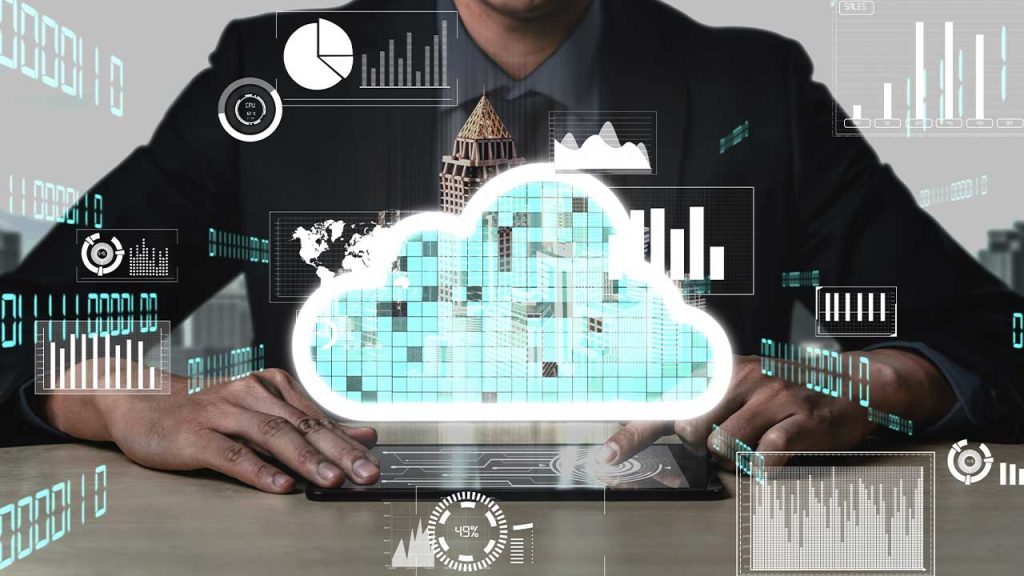A Guide To Seamlessly Deploying IOT Solutions
Introduction
The idea of IoT is simple: devices, sensors and other “smart” objects are connected to the Internet, allowing them to collect and exchange data. IoT helps companies track and manage their assets, such as containers, trailers, machinery, tools and pallets carrying high value goods.
While IoT is widely deployed in many industries, there is also a misperception that it can be complicated and expensive, requiring IT specialists. However, the outcome is more often than not streamlined supply chains and significant cost savings. This guide outlines the benefits that trackers offer to businesses—large and small—in a variety of industries.
As simple as a sticker
Activating a tracker simply requires attaching a magnetized device with the appropriate configuration to monitor the transport of assets. The configuration is tailored to the asset type, and magnet activation is a small but essential step that connects the tracker to a cloud platform.
A significant advantage is that configurations are remotely adjustable. For example, changes can easily be made to status updates or the frequency of measurement data.
In practice, some adjustments may be needed to ensure trackers remain securely attached. A company may make minor modifications to the packaging or product so that the tracker does not come loose or get damaged – this could be a cutout in a box or a snap-on holder.
In addition, cost-savings are realized thanks to retrofitting. There’s no need for invasive hardware installations like drilling or cabling. Once affixed to the item, the tracker generates data automatically sent to the cloud. Essentially, retrofitting allows the ability to track any existing object, from trailers to containers to construction equipment.
From dashboard to mobile app
Trackers generate huge quantities of data, such as location points, status updates, and alerts. Providing a clear way to interpret and use data leads to insights which translates into concrete actions to optimize processes.
A customized dashboard is tailored to a client’s needs, presenting the collected data in easily understandable visualizations. For example, clients can see where all the assets are on a map in real time or receive an automatic warning when a trailer is idle for a designated period, enabling timely intervention.
Anytime, anywhere access with the mobile app
Many clients operate ‘in the field,’ thus anytime/anywhere access to a mobile app is essential. For example, warehouse workers, maintenance personnel or groundskeepers driving around an airport have little time to boot up a computer and log into a platform. Instead, they can save time by accessing a tracking system’s mobile app to monitor a dolly or take a photo of a damaged asset then add to the system’s asset profile.
Integration with existing systems
An IT manager, CIO or technical expert will often ask if the IoT platform can integrate with an existing Enterprise Resource Planning (ERP) system. This can easily be accomplished, thanks to an API, which allows the transfer of data directly to a client’s software environment.
This is especially effective in sectors like aviation, where multiple stakeholders operate in the same ecosystem. It is similarly useful at logistics hubs, as an existing track-and-trace system allows data feeds. Ultimately, this lowers the threshold for employees, as they can log in and view the data directly in their own IT environment.
Long battery life and robustness
Thanks to optimized internal battery management, trackers have long-lasting capabilities, while being able to withstand harsh conditions such as temperature fluctuations, humidity, impacts, etc. As a result, tracking technology is effective and deployable in virtually any environment, such as large construction sites or on boats.
Real-life examples include:
- Logistics & Transport: A large brewery will operate a fleet of trailers that are constantly on the road delivering orders. Trackers provide insights into exact locations and loading or unloading time for trailers, and therefore, how long they may be idle.
- Construction: Asset tracking can immediately identify when cargo arrives and ensures that nothing is left behind. This prevents lost materials and unnecessary delays. It is also a sustainable approach: by monitoring assets, waste is minimized.
- Aviation: Ground Support Equipment (GSE): Trackers are indispensable at airports, to help in monitoring baggage trolleys, aircraft stairs, and baggage belts. This allows crew to instantly see where the nearest airplane stairs are in the app, saving time, fuel, and crew costs.
- Repair and service: Some assets travel around the world for maintenance or repair. Thanks to a tracking system, employees will always know whether an asset has arrived at the service location, if it has already been repaired, and if it is being transferred to its final destination. Thus, less material gets lost, saving costs and avoiding delays.
Conclusion
While no tracking system is entirely plug-and-play, the time and resources required are well worth the investment for any company. Whether it’s activating a tracker with a magnet, making a minor packaging adjustment, or learning to navigate a dashboard—the benefits far outweigh the setup.
The benefits of tracking systems are significant:
- A logistics manager finally has visibility into all of the company’s assets.
- The purchasing manager can create reports at the touch of a button.
- The maintenance crew can complete quick updates in the field.
- The C-level executive in the boardroom can use the dashboard to see where every critical part of the supply chain is worldwide.
IoT doesn’t have to be complicated. When thoughtfully designed, user-friendly, and integrated into a single cohesive solution, it becomes both powerful and remarkably simple.
About the author
 Laurence Claeys is a co-founder and Product Manager at Sensolus, where she leads customer-focused innovation in asset tracking. She began her career at Alcatel-Lucent (now Nokia), working on ubiquitous computing, and later applied sensor technologies to track everything from livestock to industrial assets. Laurence holds a Master’s in Sociology and Gender Studies and a PhD in Communication Sciences. She also teaches in the Communication Sciences department at the Free University of Brussels.
Laurence Claeys is a co-founder and Product Manager at Sensolus, where she leads customer-focused innovation in asset tracking. She began her career at Alcatel-Lucent (now Nokia), working on ubiquitous computing, and later applied sensor technologies to track everything from livestock to industrial assets. Laurence holds a Master’s in Sociology and Gender Studies and a PhD in Communication Sciences. She also teaches in the Communication Sciences department at the Free University of Brussels.


